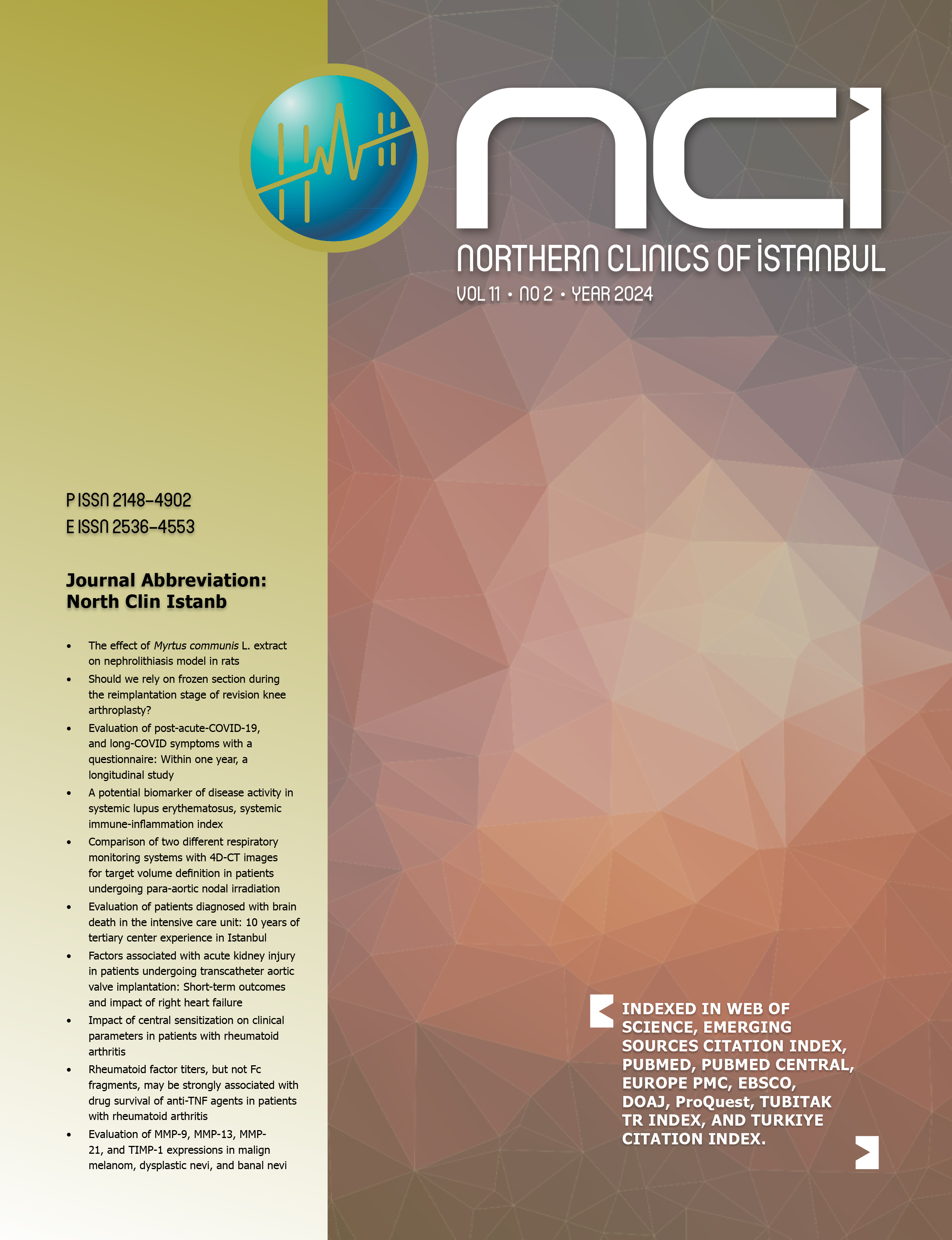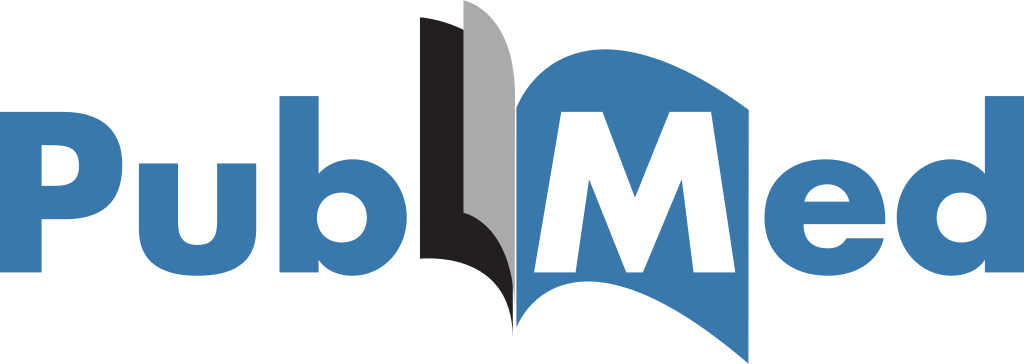Our newborn hearing screening results
Suleyman ErdogduDepartment of Otorhinolaryngology, University of Health Sciences, Haydarpasa Numune Training and Research Hospital, Istanbul, TurkeyOBJECTIVE: The aim of the study was to evaluate the results of neonatal hearing screening in our hospital with the help of literature and to question and reveal the risk factors to gain healthy individuals and to raise awareness for all health workers and the public who are interested in this subject.
METHODS: A total of 16,388 newborn infants were evaluated between October 2009 and January 2018. All newborns were screened with transient evoked otoacoustic emissions (TEOAEs) test. Risk factors were investigated. The test repetition and auditory brainstem response (ABR) measurements were performed on newborns who could not pass the TEOAE test and the newborns in the risky group after 15 days.
RESULTS: A total of 116 newborns (0.7%) were suspected to have hearing loss. Twenty-seven newborns (0.16%) were found to be in intensive care unit. Twelve newborns (0.07%) had permanent hearing loss. Then, in order: 9 newborns (0.05%) had received phototherapy and 7 newborns (0.04%) were born to consanguineous marriages. In addition, 3 newborns (0.02%) had a low birth weight and 1 newborn (0.006%) had a history of fever.
CONCLUSION: Screening tests should be performed in all newborns for early detection of hearing loss. Even though frequency of hearing loss is higher in newborns with risk factors, the treatment should be started within 6 months, the latest, and newborns should be referred for rehabilitation and training.
Keywords: Congenital hearing loss, neonatal hearing screening; newborn.
Yenidoğan İşitme Tarama Sonuçlarımız
Suleyman ErdogduSağlık Bilimleri Üniversitesi Haydarpaşa Numune Eğitim ve Araştırma Hastanesi Kulak Burun Boğaz Kliniği, İstanbulAMAÇ: Literatür yardımı ile hastanemizde yenidoğan işitme taraması sonuçlarını değerlendirmek ve risk faktörlerini sorgulamak ve ortaya çıkarmak; Sağlıklı bireyler kazanmak için bu konuyla ilgilenen tüm sağlık çalışanları ve halkı bilinçlendirmek.
YÖNTEMLER: Ekim 2009 - Ocak 2018 tarihleri arasında 16388 yenidoğan bebek değerlendirildi. Tüm bebekler TEOAE (Geçici Uyarılmış Otoakustik Emisyonlar) testi ile tarandı. Risk faktörleri araştırıldı. TEOAE testini geçemeyen ve riskli gruptaki bebeklere 15 gün sonra test tekrarı ve ABR ölçümleri yapıldı..
BULGULAR: Toplam 116 bebekte (% 0,7) işitme kaybı olduğundan şüphelenildi. 27 yenidoğan bebek (% 0,16) yoğun bakımda yattığı tespit edildi. On iki çocuğun (% 0.07) kalıcı işitme kaybı vardı. Daha sonar, sırasıyla 9 bebek (% 0,05) fototerapi almış ve 7 bebek (% 0,04) akraba evliliği. Ayrıca 3 bebeğin (% 0,02) düşük doğum ağırlığı ve bir bebeğin (% 0,006) ateş öyküsü vardı.
SONUÇ: İşitme kaybının erken teşhis için tüm yenidoğanlarda tarama testleri yapılmalıdır. Risk faktörleri olan yenidoğanlarda işitme kaybı sıklığı daha yüksekdir. En geç 6 ay içinde tedaviye başlanmalı ve sonrasında çocuklar rehabilitasyon ve eğitim için sevk edilmelidir. (NCI-2020-0399.R2)
Anahtar Kelimeler: Yenidoğan, neonatal işitme taraması, doğuştan işitme kaybı.
Manuscript Language: English





















